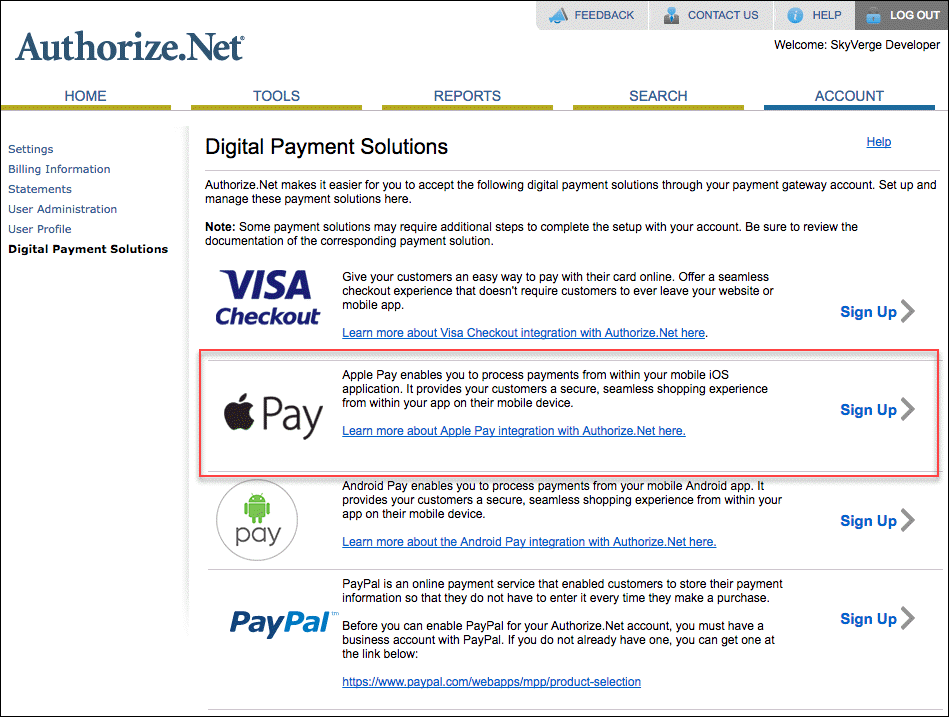

See The Information Property List File for further information. (Required) This file contains configuration information for the application, such as its bundle ID, version number, and display name. For information about application icons, see Application Icon and Launch Images. Not all of the icons are required but most are recommended. For example, different sizes of the application icon are displayed in the Home screen, in search results, and in the Settings application. (Required/Recommended) Application icons are used at specific times to represent the application. app extension.Īpplication icons ( MyAppIcon.png, MySearchIcon.png, and MySettingsIcon.png) The name of this file is the same as your application name minus the. (Required) The executable file containing your application’s code. Table 2-2 Contents of a typical iOS application bundle Listing 2-1 Bundle structure of an iOS application The only files that are required to be in subdirectories are those that need to be localized however, you could create additional subdirectories in your own applications to organize resources and other relevant files. Listing 2-1 shows the structure of a simple iPhone application called MyApp. The iOS Application Bundle StructureĪ typical iOS application bundle contains the application executable and any resources used by the application (for instance, the application icon, other images, and localized content) in the top-level bundle directory. It uses a relatively flat structure with few extraneous directories in an effort to save disk space and simplify access to the files. The bundle structure of iOS applications is geared more toward the needs of a mobile device. However, understanding the bundle structure can help you decide where you should place your own custom files. The project templates provided by Xcode do most of the work necessary for setting up the bundle for your iPhone or iPad application.
Apple photos plugins mac#
And although not explicitly required, most Mac apps include a custom icon instead of the default one provided by the system. For example, iOS applications typically require additional image resources for the application’s icon and default screen.

Although you can include custom data resources in your iOS application bundles, you cannot include custom frameworks or plug-ins.Īlthough most of the resources in an application bundle are optional, this may not always be the case. Mac apps can embed additional high-level resources such as private frameworks, plug-ins, document templates, and other custom data resources that are integral to the application. The placement of resource files in the bundle directory structure depends on whether you are developing an iOS or Mac app. Most resource files can be localized for a particular language or region or shared by all localizations. Resources typically consist of things like images, icons, sounds, nib files, strings files, configuration files, and data files (among others). Resources are data files that live outside your application’s executable file.
Apple photos plugins code#
This file contains the application’s main entry point and any code that was statically linked to the application target.

(Required) Every application must have an executable file. The system relies on the presence of this file to identify relevant information about your application and any related files. (Required) The information property list file is a structured file that contains configuration information for the application. Table 2-1 Types of files in an application bundle For examples and more detailed information, see the platform-specific bundle sections in this chapter. The exact location of these files varies from platform to platform and some resources may not be supported at all. Table 2-1 summarizes the types of files you are likely to find inside an application bundle. What Files Go Into an Application Bundle? This chapter describes the structure of application bundles in both iOS and macOS. Although the specific structure of an application bundle depends on the platform for which you are developing, the way you use the bundle is the same on both platforms. The application bundle stores everything that the application requires for successful operation. UNIX shell scripts and command-line tools do not use the bundle structure, neither do static and dynamic shared libraries.Īpplication bundles are one of the most common types of bundle created by developers.

Note: Although bundles are one way of packaging executable code, they are not the only way that is supported.


 0 kommentar(er)
0 kommentar(er)
